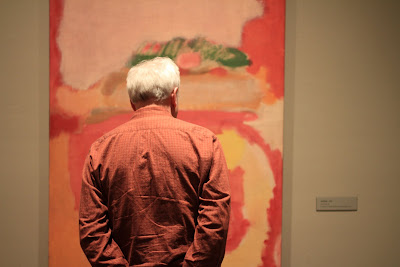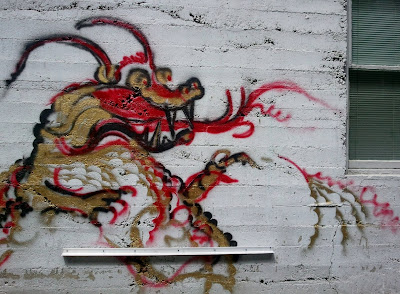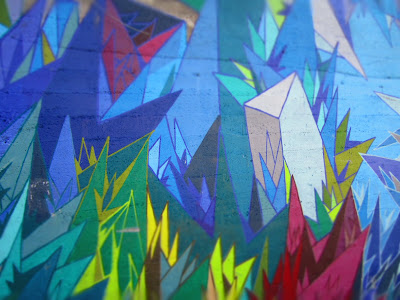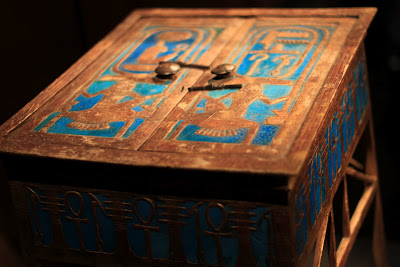

If you are a museum junkie or even the occasional museum visitor, then Richard Fortey’s book Dry Storeroom No. 1: The Secret Life of the Natural History Museum will likely interest you. In the book, Fortey, writer and former paleontologist at the Natural History Museum in London, is your guide to the inner workings of the museum. In the book, you go behind the public spaces and into offices and forgotten corridors. Colorful anecdotes about people and events are part of the story explaining how science works, how science moves forward slowly but surely based on the work of dedicated people - famous, infamous, or neither. The book is stuffed with interesting facts, like the titular storeroom. For example, there is the story of Geoffrey Tandy, seaweed expert, and his role in World War II due to the similarity of the words cryptogam and cryptograms. “The code was cracked, thanks to the fact that the word Linnaeus used for organisms reproducing by spores was but one letter different from the word describing messages written in code.” (Location 2557. Chapter 5: Theatre of Plants.)
In Chapter 1, Behind the Galleries, Fortey starts with the interesting quote “All our lives are collections curated through memory. We pick up recollections and facts and store them, often half forgotten, or tucked away on shelves buried deep in the psyche.” Fortey concludes the chapter and completes the thought with “We are all our own curators.” This is an idea that has strong resonance with us. This blog, Travelmarx, is the visible tip of a much larger iceberg (storeroom) of a life of capturing, organizing, and curating events, people, and knowledge that comes into our life. Welcome to the Travelmarx museum or maybe it’s just a cabinet of curiosities for now.
What is storeroom No. 1? It’s a room in basement of the Natural History Museum that contains a “motley collection of desiccated specimens.” Fortey draws the connection between the storeroom and the inside of one’s head, the room is the physical analogy for the jumbled room of memory. The memories make the person and so the storeroom makes the museum, in a sense. Fortey unravels the behind-the-scenes working (and at times intrigues) of the museum with the storeroom as a touch point.
In Chapter 2, The Naming of Names, Fortey talks about the foundation of the museum as we know it today under the leadership of Richard Owen (famous for coining the term dinosauria and being an outspoken critic of the theory evolution by natural selection). In that time period, the “Victorian sense of self-improvement through knowledge” was an important consideration for designing the museum. Later in the chapter Fortey writes: “The great proliferation of museums in the nineteenth century was a product of the marriage of the exhibition as a way of awakening interest in the visitor with the growth of collections that was associated with empire and middle-class affluence. Attendance at museums was as much associated with moral improvement as with explanation of the human or natural world. Museums grew up everywhere, as a kind of symbol of seriousness.” While this growth had its darker side as Fortey points out, the idea of self-improvement by going to a museum is more than a pleasing thought to us; we routinely seek out museum experiences to learn and more importantly be inspired.
At quite a few points in the book, Fortey talks about how the Natural History Museum and other similar museums have changed in time and what might lay in store in the future for them, in particular in regard to the Internet.
- On the prevalence of Internet search engines to pull information from all sources, good or otherwise: “What these images do not necessarily have is the imprimatur of somebody who really knows their stuff, because there is little quality control on the identifications placed on the web.” (Location 2722. Chapter 5: Theatre of Plants.)
- Musing on the role of the Internet in the potential return of the modern, botanizing vicar. “If the early phase of systematic learning was mostly powered by privilege, the middle phase by support from government for professionals, maybe the third phase will be immensely democratic, and driven by the freedom of information exchange thrown up by the web.” (Location 4558. Chapter 9: House of Muses.)
- On watching BBC1 Horizon programme about the Natural History Museum broadcast on 7 September 1970 and realizing that he didn’t remember some of the people featured in the program and that worked at the museum at the same time he did: “In a strange way this demonstration of the limitations of memory proves the importance of collections in museums. They defy time; they transcend what any one scholar might make of them; they are outside our own little personal histories.” (Location 3830. Chapter 8: Noah’s Ark in Kensington.)


























































